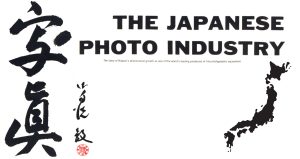 I was born in 1978, and for my whole life, Japanese products were always good. Cameras, televisions, stereos, watches, video game consoles, cars, and a huge number of other consumer products proudly proclaimed to be “Made in Japan”.
I was born in 1978, and for my whole life, Japanese products were always good. Cameras, televisions, stereos, watches, video game consoles, cars, and a huge number of other consumer products proudly proclaimed to be “Made in Japan”.
This wasn’t always so.
As recently as the late 1800s, Japan was largely an isolated country who didn’t interact much with the outside world. Japan was seen as a primitive and isolated island country to industrialized nations in Europe and North America. Around 1868 began a period that is known as the Meiji Restoration, named after Emperor Meiji who saw value in modernizing Japan’s military and industrial prowess.
Over the next several decades, Japan’s military and manufacturing capabilities started to expand. First trading with Pacific countries like China and Russia, then moving farther into Europe trading with countries like Germany and England. The Japanese eventually started to occupy a larger role in the region.
When World War I started, Japan lost it’s trade route to the West and was forced to stop relying on imported goods. Nationalized companies like Nippon Kogaku K.K. (Japan Optical Industries Corp.) began making products for Japan’s military and other private industries. Japan’s knowledge and capabilities increased rapidly during this period.
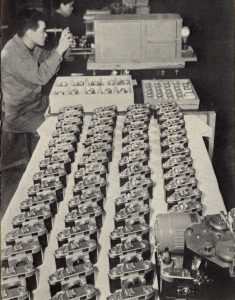
After the war, Japan was able to attract top scientists from Germany who had been displaced after that country’s economy had collapsed. The Japanese optics industry expanded at a fast pace. What was once a country that imported nearly everything from Europe, was now able to match many of those same goods.
Japanese industry continued to improve through the 1930s and into the 40s until they entered World War II by bombing Pearl Harbor on December 7, 1941. The attack on Pearl Harbor killed 2,008 US servicemen and women, injured 710 others, 17 US warships were either destroyed or heavily damaged, and millions of dollars worth of damage was inflicted upon the area.
From that moment forward, Japan was the enemy. The attack on Pearl Harbor remains the deadliest military attack on US soil, and the second deadliest non-natural disaster only to the September 11 attack.
After the war, many parts of the world, especially the United States, had a high level of distrust and anger toward the Japanese and any products they made so there wasn’t much of a demand for importing Japanese goods.
The article below comes from the April 1957 issue of Popular Photography and was a large 48 page Special Section about the Japanese photo industry. The entire section contains a variety of different stories covering the Japanese culture, their cameras, their people, and what made them successful. There are also strategic advertisements for some of Japan’s greatest products. You’ll see ads for Nikon, Konica, Canon, Minolta, and many other manufacturers.
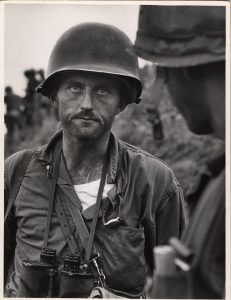
You’ll read quotes from a variety of prominent international photographers, including David Douglas Duncan who during the Korean War, drew attention to superior Japanese lenses compared to German lenses that most other photographers had been using. Duncan formed a relationship with Nippon Kogaku which he maintained throughout the rest of his career.
On Page 10, you’ll see some statistics that show how quickly the Japanese camera export industry grew. In 1947, Japan’s total exports were valued at a paltry $487,000. Less than a decade later, it had jumped to $7.1 million.
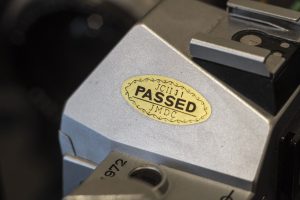
There’s even an ad for the Japan Camera Inspection Institute that somewhat explains what those gold foil JCII stickers are that appear on nearly every Japanese optical product. I’m guilty of peeling many of them off as they usually look very tattered and detract from the beauty of some cameras without fully understanding their significance.
My favorite part of the Keppler’s Vault series is not just being able to read (and share) these wonderful articles about the hobby I love, but to also get a glimpse into what people were thinking back then. By 1957 when this information was originally published, the world was mostly aware that Japan was making pretty good products, but to think that a distrusted country that intentionally waged war upon the United States and killed over 2000 of it’s citizens, was a world’s authority a mere 12 years after the war had ended, is pretty amazing.
The fact that the editors felt that this 48 page “Special Section” was necessary at all speaks volumes to the perception that a lot of Americans likely still had in the mid 1950s. This decade saw more advances in photography, camera design, and lenses than any other single decade in history. We saw some of the best cameras ever made come out in in the 50s, and from a collector’s standpoint, many of the highlights of my collection were produced in the 50s. I found this whole Japanese article to be one of the best glimpses not only into the Japanese camera industry, but the entire state of photography.
Next week I will post part 2, which covers pages 20 – 32 of the special section and contains stories about how Japanese cameras are made and the amount of research that goes into their lenses. There are ads for Canon, Kuribayashi (Petri), Kowa, Ricoh, and more info about the Japan Camera Inspection Institute.
All scans used with permission by Marc Bergman, 2018.

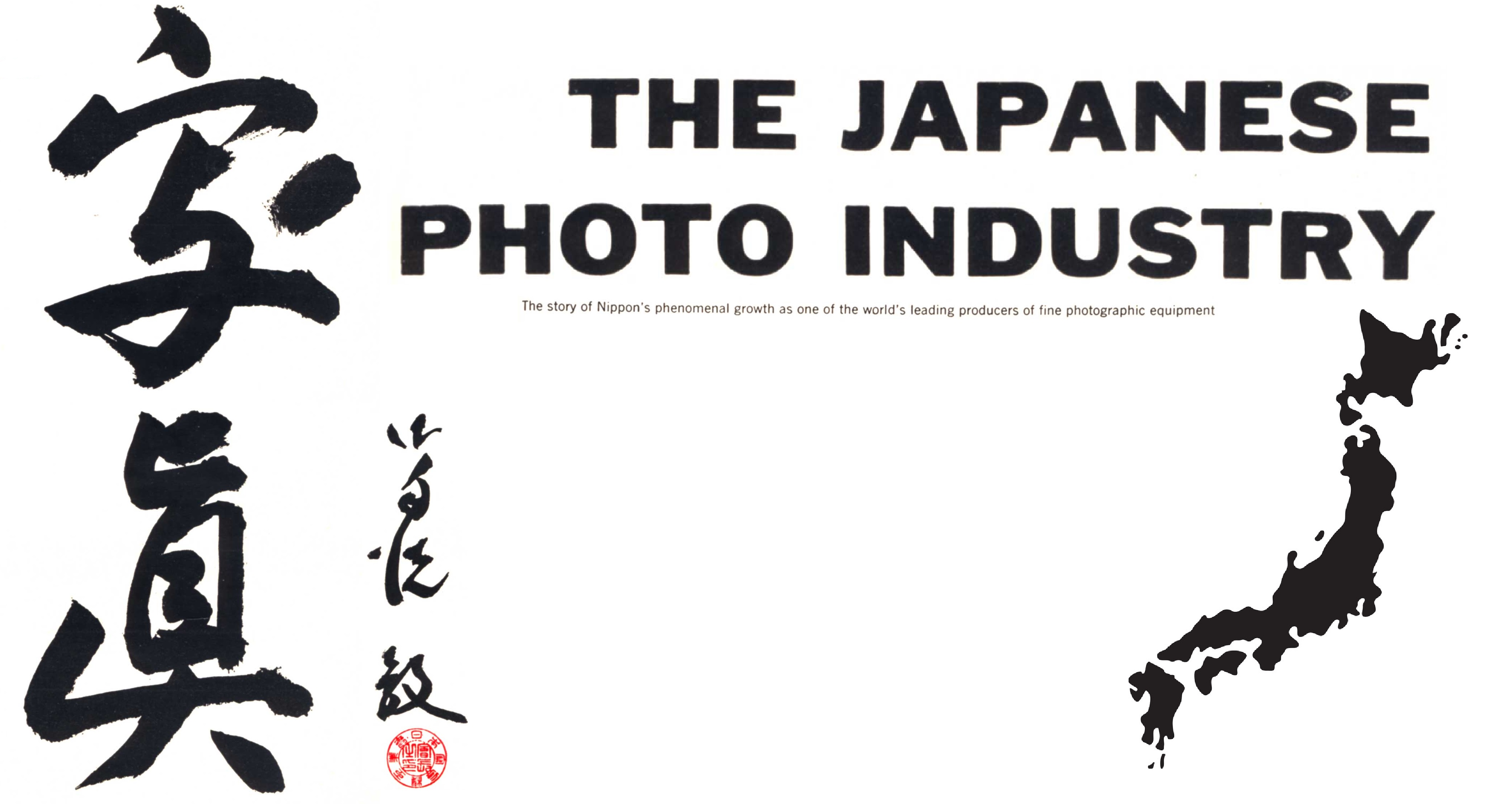
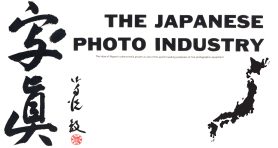


















Interesting, thanks! Japan’s struggle to be recognized with quality products is not unlike China’s current efforts to be recognized as a producer of quality products. A popular US photo website this week reviewed – very favorably – an inexpensive “Leica-like” lens. Of course, without any facts to back up their claim, a number of comments from readers slammed Chinese products in general. Hellooo!! Example: Buick’s China-made mini-SUV sold in the US of A is of better build and assembly quality than its US made counterparts. Finally, India now is starting to back-fill with low-end manufactured products that China is stepping away from – a repeat of Japan and emerging China in the late Sixties…